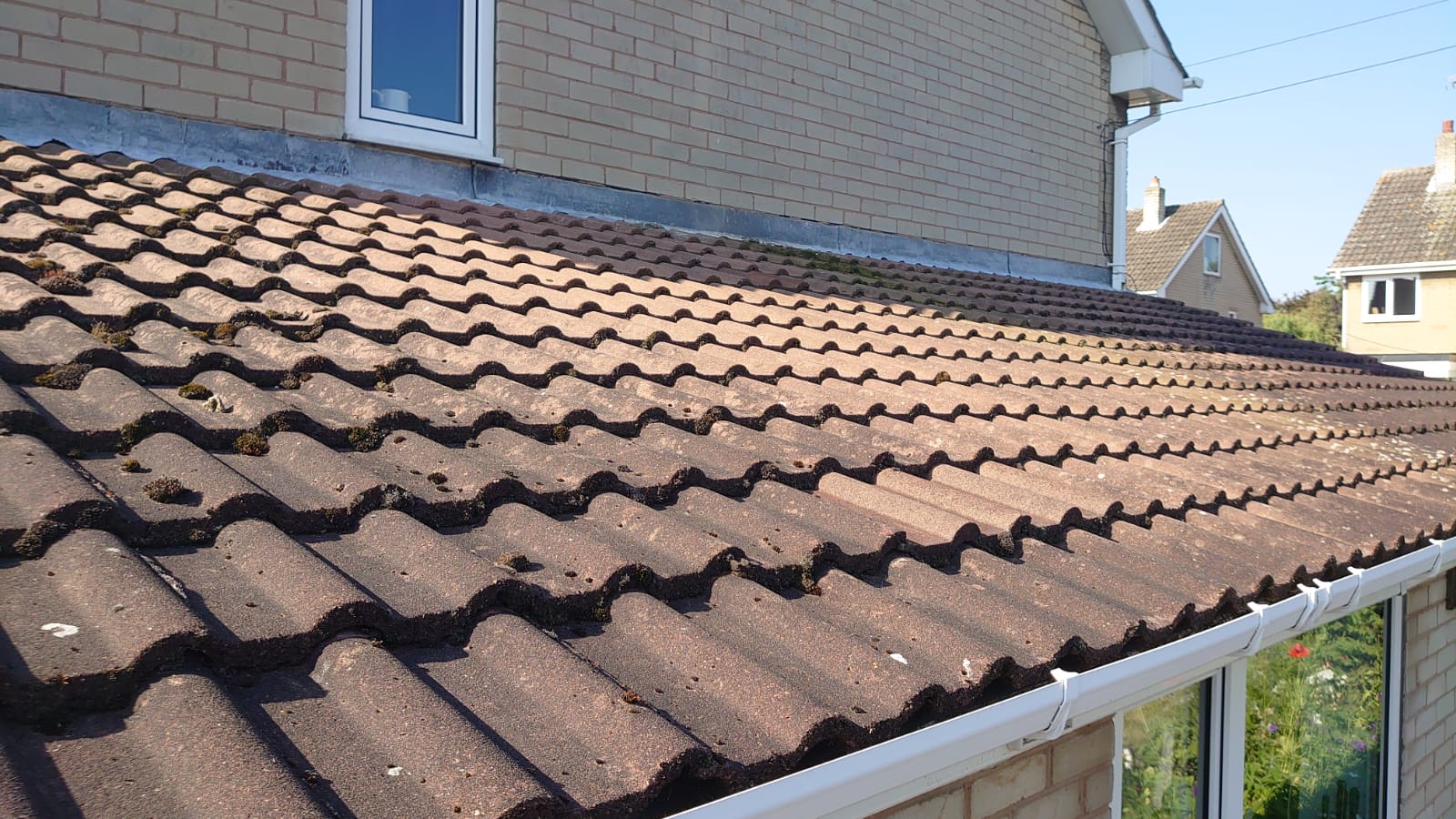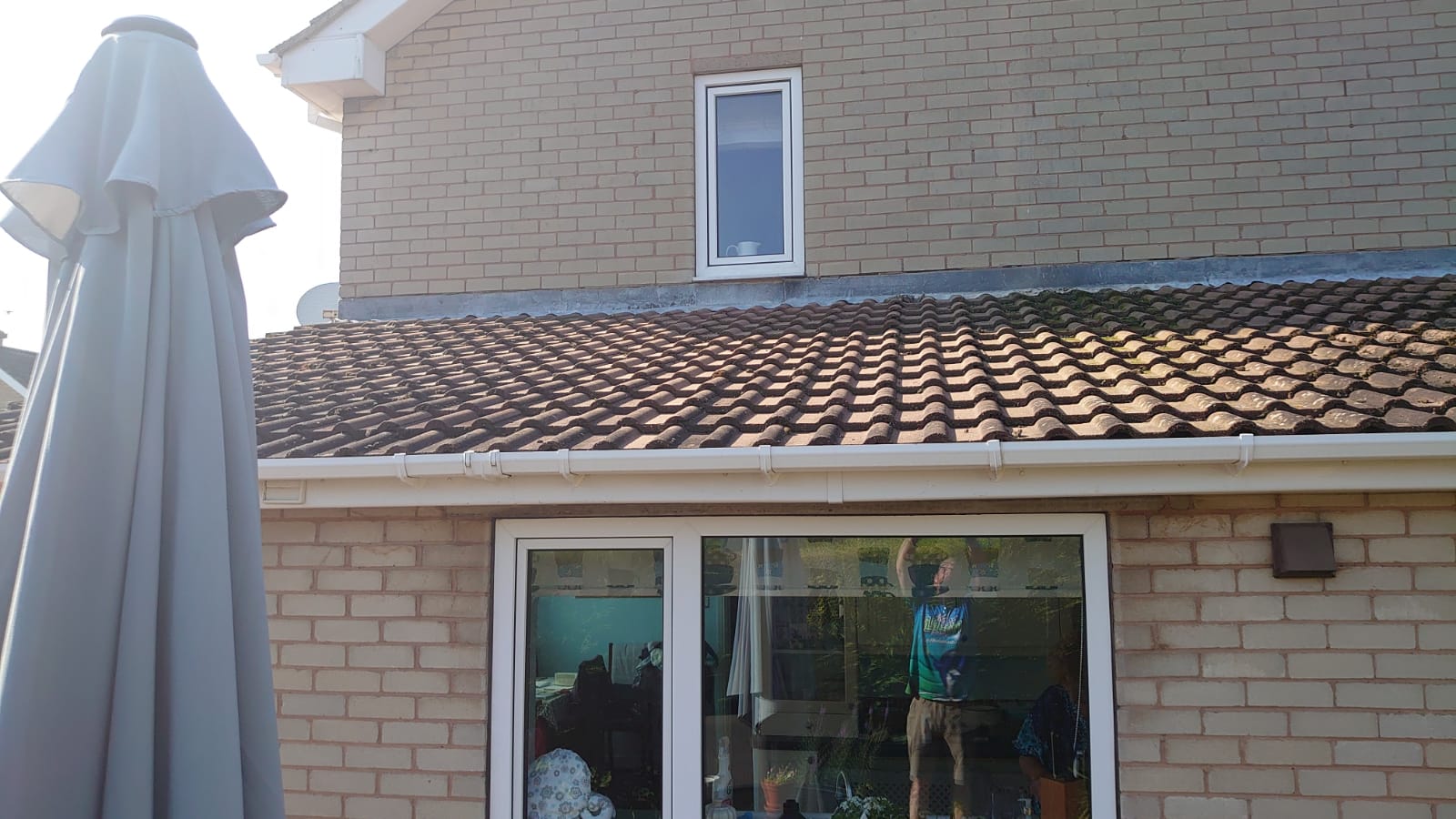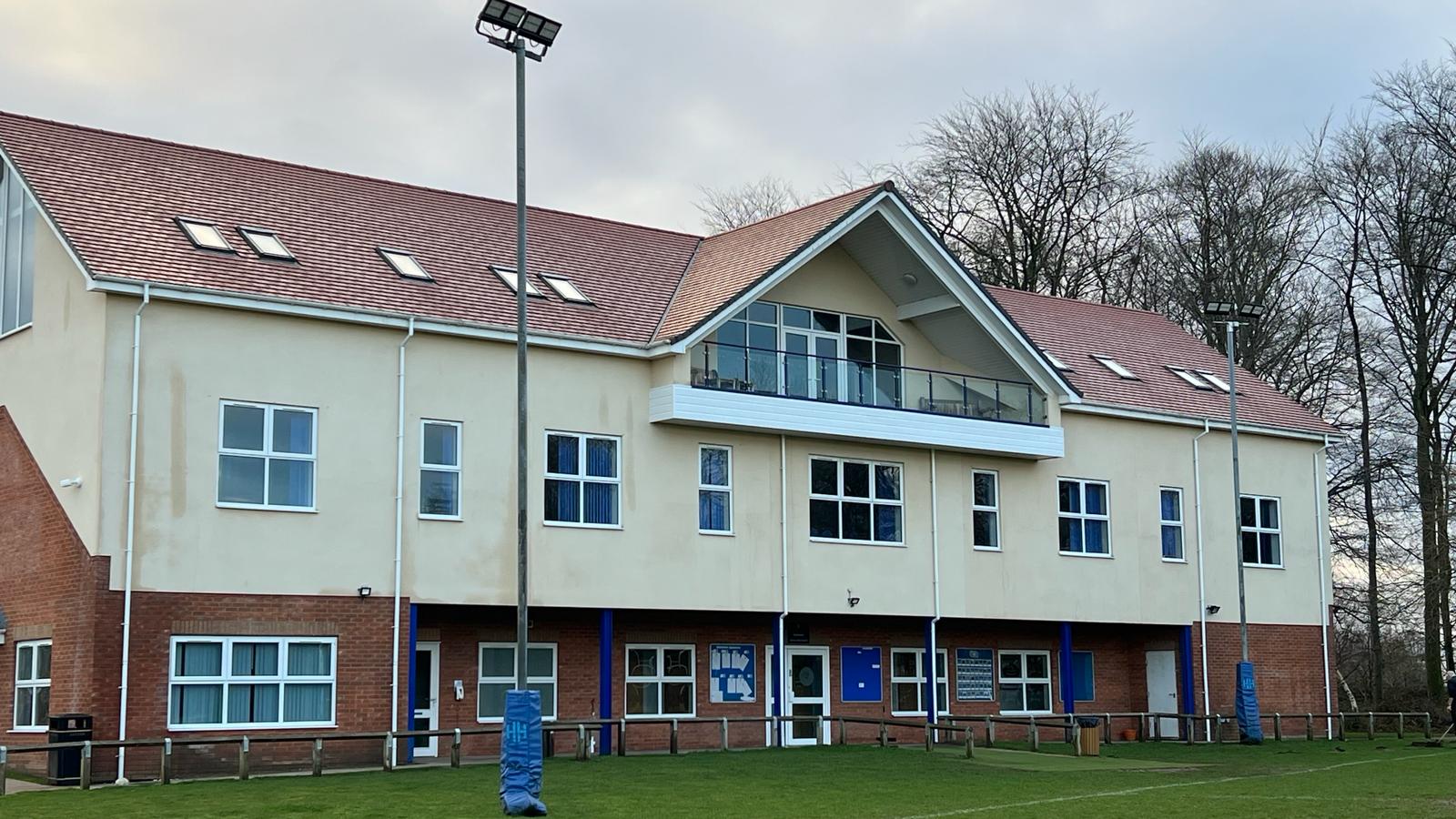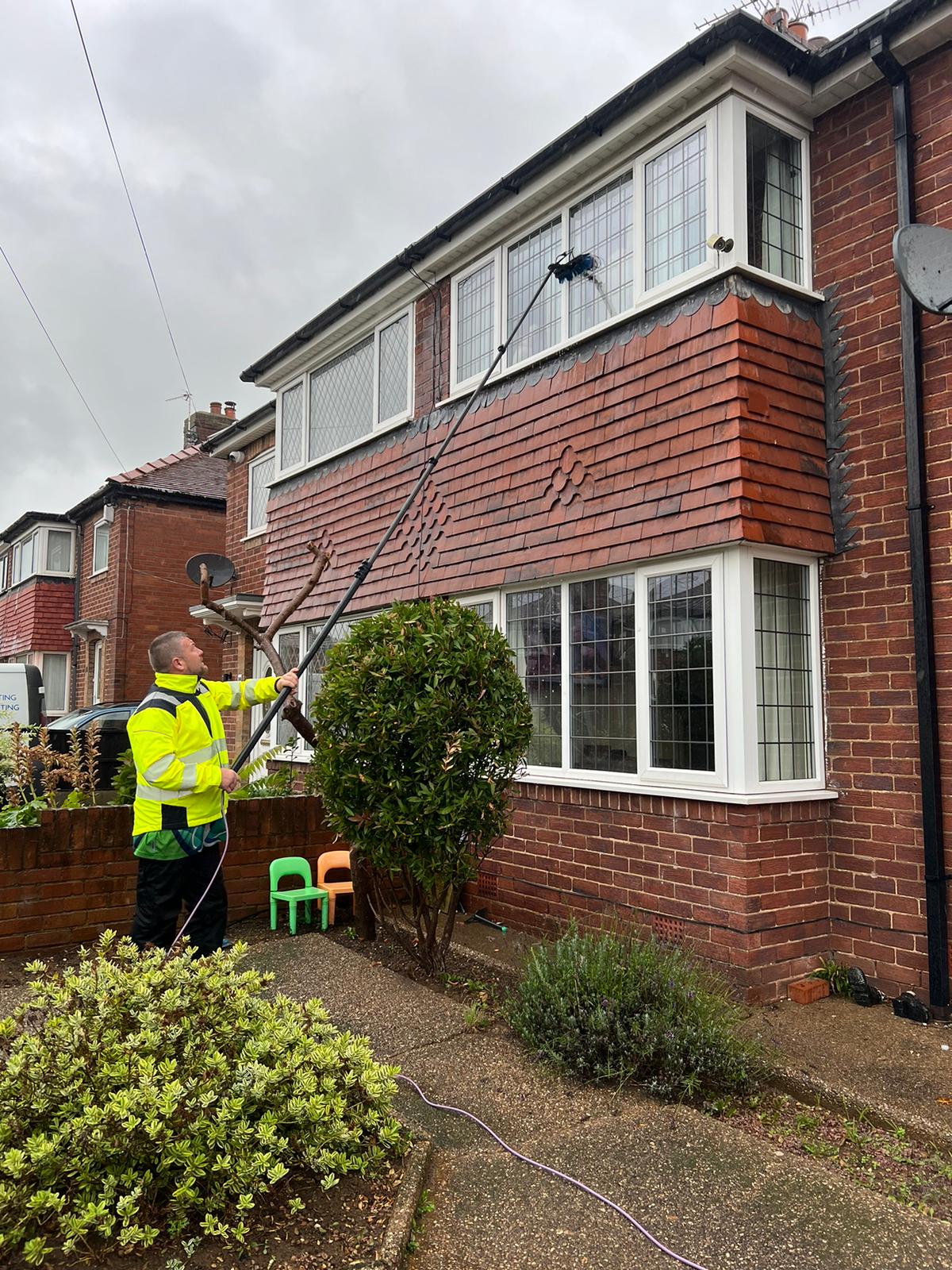Introduction
Having a moss-covered roof may seem like a picturesque touch to your home, but beneath its charming appearance lies potential dangers that every homeowner should be aware of. In this article, we will uncover the hidden risks of moss-covered roofs and provide valuable insights to help you stay informed about the importance of regular roof maintenance.
The Slippery Slope: Safety Hazards of Moss-Covered Roofs
- Increased Slip and Fall Risks
- When moss accumulates on your roof surface, it becomes highly slippery, especially when wet. This creates a hazardous environment for anyone attempting to access the roof for maintenance, repairs, or even routine inspections. One wrong step could lead to a serious accident and potential injuries.
- Structural Damage Due to Water Retention
- Moss has the uncanny ability to retain moisture, and when it covers your entire roof, it acts like a sponge, soaking up rainwater and trapping it against the surface. Over time, this persistent moisture can seep into the roofing materials, leading to degradation, rot, and even structural instability.
The Environmental Impact of Moss-Covered Roofs
- Roof Material Deterioration
- Moss can be quite invasive, especially on shingled roofs. As it establishes its roots into the materials, it begins to pry them apart, causing damage and reducing the lifespan of your roof. This deterioration not only shortens the roof’s longevity but can also result in costly repairs or even a premature replacement.
- Blocked Gutters and Drainage Issues
- The dense growth of moss on your roof can obstruct gutters and downspouts, preventing rainwater from properly draining. This can lead to water accumulation, overflowing gutters, and potential water damage to the foundation of your home. Proper drainage is vital for the overall health and longevity of any dwelling.
Uninvited Guests: Pest Problems Associated with Moss-Covered Roofs

- Increased Risk of Pest Infestations
- Moss creates a favorable environment for pests like insects, rodents, and even birds. These unwanted visitors find shelter within the dense moss and may eventually make their way into your home. In addition to being a nuisance, pests can cause property damage and pose health risks to you and your family.
- Mold and Mildew Growth
- The moist and shaded environment provided by moss-covered roofs is an ideal breeding ground for mold and mildew. Not only can they compromise the structural integrity of your roof, but they can also release spores into the air, causing respiratory problems and allergic reactions in occupants.
The Importance of Regular Roof Maintenance and Moss Removal
- Inspections and Cleaning
- Regular inspections and cleaning of your roof, especially in moss-prone areas, are crucial to identifying and addressing any moss growth promptly. Engaging the services of professional roofers can ensure a thorough examination and efficient removal of moss, minimizing potential risks and damage.
- Preventive Measures
- Taking preventive measures, such as installing zinc or copper strips on your roof, can help inhibit moss growth. These metals release natural biocides when it rains, preventing moss from taking hold. Additionally, ensuring proper roof ventilation and trimming overhanging branches can reduce excess moisture and shade, discouraging moss growth.
Conclusion
While moss-covered roofs may seem quaint, they pose hidden dangers that can have far-reaching consequences if left unaddressed. By understanding the safety hazards, environmental impact, and potential pest problems associated with moss, homeowners can take proactive steps to maintain their roof’s integrity and protect their investment. Remember, staying informed and conducting regular roof maintenance is key to ensuring the long-lasting health and safety of your home.
















